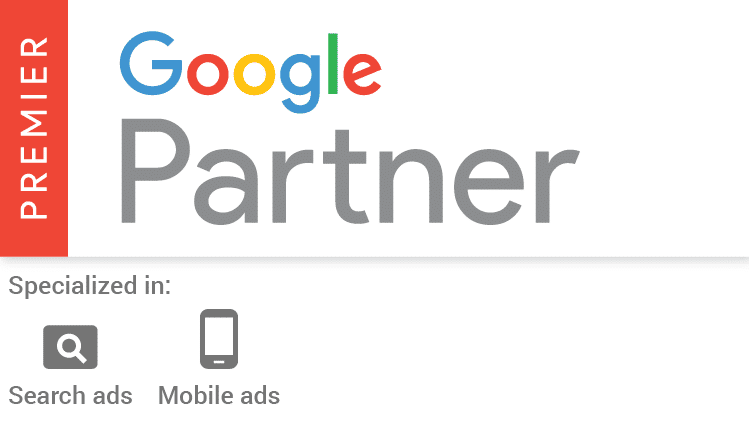“Pay yourself first.”
That’s a common financial cliché when running a business. Yet when managing their own Web sites, few home improvement companies heed that advice. Instead, they spend time and effort to populate third party Web sites with their content.
You’ve heard of platforms like Porch.com, Houzz and Angie’s List. Each court contractors as advertisers to sign up and post content about themselves – so that homeowners will in turn hire those advertisers for their home improvement projects.
In theory, this is a win-win for all parties.
Homeowners have more places than ever to find a pro for their home. Advertisers get access to interested homeowners. And the platforms generate revenue from their advertisers.
Sounds easy, but making this work is a lot of effort for the home improvement companies advertising on these platforms. For instance, to succeed on Porch.com, you have to create your free Porch.com profile and then add all types of information to it (e.g., company description, job details, project images, project costs, site addresses, etc.).
And, for further visibility on Porch.com, you can pay a monthly fee for promotion in certain construction categories, e.g., siding, gutters, roofing, painting, etc. This is a “fee-per-category” advertising model.
Moreover, Houzz has a similar advertising model, and also requires a lot of work.
The question to ask is: is it all worth it?
Feedback I’ve gotten from our clients on Houzz is largely positive. The collected feedback says that Houzz delivers good leads – though in small volume.
Porch is a little different. They partner with Lowes, and their advertisers sometimes end up competing with Lowes for the same homeowners. Margins on smaller jobs may not be great, and if your profile doesn’t rank on Porch, you’ll see fewer leads.
The broader question is this: Am I improving my own Web site with all of this information and digital assets? Or am I just helping these platforms make more money?
Your answer should be “Help your own Web site first!”
Using third party platforms to drive leads for your business isn’t a strategy. It’s hoping. Hoping that Houzz can attract enough homeowners. Hoping that Google keeps Houzz at the top of its organic search engine rankings. Hoping that Porch algorithm displays your profile to its visitors at the right time. Since you don’t control those platforms, you are placing your faith in the unknown.
What you can control is your own Web site. My advice is to post as much material as you can to your own Web site first. Before-and-after photos, customer testimonials, the works. Once you’re keeping your own Web site up to date, then and only then should you think about investing your time and your money in platform services like Porch.
A lively, vibrant Web site with constant updates is just what Google wants for its search page rankings. And over time, that rich material will help rank your Web site for more organic searches, and ultimately generate more leads for you. Having a great depth of real-world content matters now – and will matter even more in the future.
Finally, leads from your own Web site are among the best leads that you can get. A homeowner has checked you out, seen your services, and in essence, pre-sold themselves on you. It also cuts down on competitors and gives you a better chance to set and close an appointment.
I’m not saying that you should abandon these lead generation platforms such as Houzz and Porch. Anywhere you can get a lead that works at a reasonable cost is a winner. But you can have your cake and eat it to.
Focus on your platform first before you go looking around the Web for a little more to help you out.
